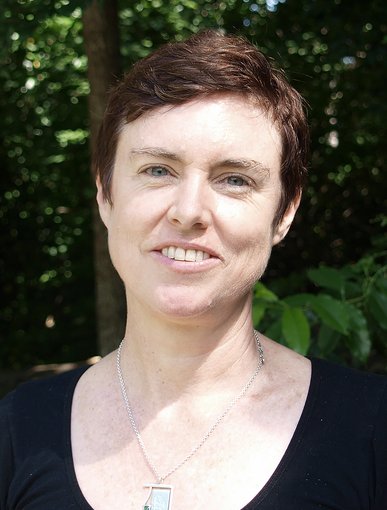Prof. Dr. Shauna Murray

Projekte & Publikationen
This project aims to investigate the genomics of marine microbial eukaryotes that cause harmful algal blooms. Aquaculture is the fastest growing primary industry; however, its growth is impeded by marine microalgae producing harmful toxins, which accumulate in seafood. The functional genetics of marine harmful algal species remain unknown, due to their unusually large genomes, yet their unusual genetic structures can play a crucial role in the design of future monitoring strategies and technologies.
The outcomes of this project will be vastly increased genomic information on the causative agents of major seafood safety risks. These results will inform the design of rapid, sensitive, and cost-effective monitoring of harmful algal blooms, reducing costs to industry of harvest area closures and protecting consumer safety. Translation and adoption pathways for this research will follow that of the researcher’s previous work by involving molecular diagnostics commercialization, on-farm demonstrations of techniques, and close working relationships with the aquaculture and fishing industry.
The role of selection in the evolution of toxin-producing dinoflagellates in the sea
Phytoplankton, or marine single-celled algae, inhabit marine and freshwaters. One group of microalgae, the dinoflagellates, can occasionally dominate an ecosystem under certain conditions. Dinoflagellates can produce highly toxic compounds, which cause damage to aquaculture and fishing industries if they accumulate into seafood, as part of a harmful algal bloom. Saxitoxin (STX), produced by species of the dinoflagellate Alexandrium, is considered a Schedule 1 Chemical Weapon under a United Nations Convention, and acts as a neurotoxin. Along the east coast of Australia, the major boundary current is the East Australian Current. In this region, STXs occur in seafood, and can lead to substantial economic and health impacts. For example, a single bloom of Alexandrium which led to a loss of ~$ AUD 23 million to the Tasmanian seafood industry.
In the species Alexandrium pacificum, large differences in toxicity can occur in strains from the NSW south coast region compared to other areas. In this project, the genetic and population ecological basis for differences among strains will be examined. The role of evolution via selection in the evolution of differences among strains, including differences in toxicity, will be examined. If targeted genetic tools can be developed as an early warning system for HABs in this region, the information gained will be important in order to accurately predict harmful algal related toxicity in Australia’s largest shellfish aquaculture region.

